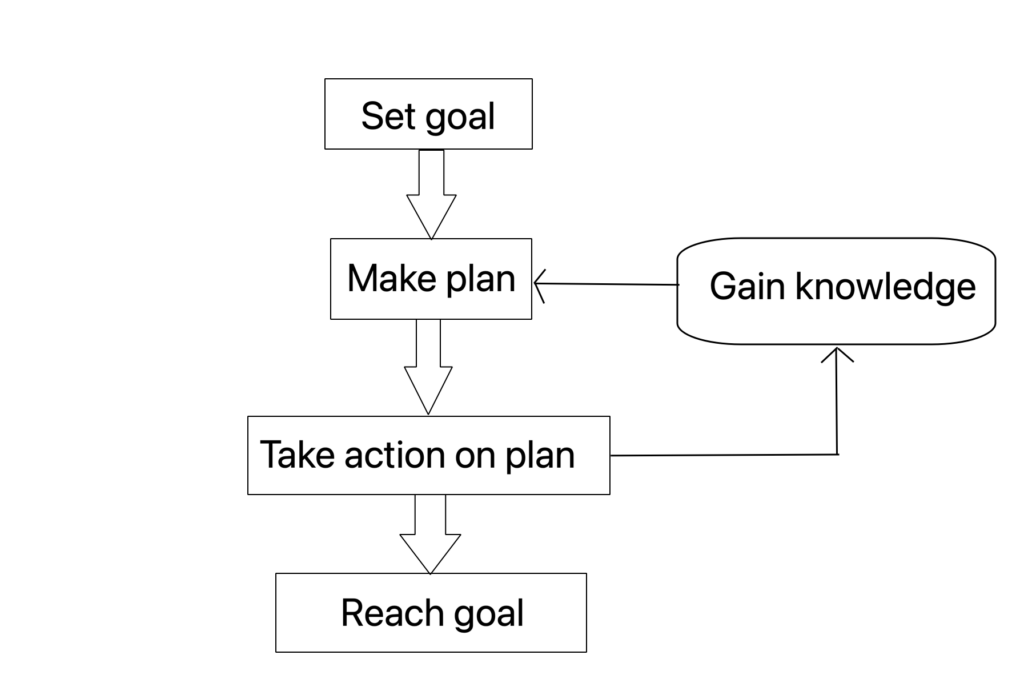Learning by osmosis, learning by proxy, or passive learning involves absorbing knowledge and skills by being around people with such knowledge and skills. It involves putting yourself in environments where you can gain valuable information and expertise. Active or intentional learning, in contrast, involves actively seeking knowledge by exerting a lot of effort.
For example, say you want to learn more about a topic or a new skill. If you subscribe to social media pages about that topic, that action is active, but the actual learning is passive. You just have to open an app, and you’ll receive continuous information about that topic. In passive learning, the information throws itself at you. You learn automatically without having to put in much effort.
Does learning by osmosis work?
It does. Humans are primarily observational learners. Since childhood, one of our primary modes of learning has been watching and imitating others. You can gather a lot of information about a topic or skill simply by hanging out with people who are proficient at that topic or skill.
However, passive learning has one major problem: You’re leaving learning to chance. If you think subscribing to social media pages and hanging out with experts is all it takes to become knowledgeable, you’re wrong. Of course, it’s better to receive information from relevant sources than random internet pages, but such information has a low signal-to-noise ratio. While you may learn a thing or two here and there, most of what you’ll encounter will be useless.
With active learning, you’re more careful about who you learn from, how you learn, and what structure you’ll follow. Sure, it takes more effort, but it is more efficient and rewarding. It eliminates the mindset of:
“For me to learn, others have to work for me.”
You have to put in the work for you. This is why some people hire coaches and sign up for coaching programs without getting anywhere despite these learning modes having a high signal-to-noise ratio. They think spending vast sums of money will help them learn, but it won’t.
Learning by doing
When it comes to learning topics and skills valuable to the marketplace, you have to have a mindset of:
“I have learned it only when I have implemented it.”
If you haven’t implemented something, how can you be sure that you’ve learned it? Implementing your knowledge can range from teaching it to someone else to applying it in your life to get the desired results.
Ideally, all learning should have a goal behind it. Learning for the sake of learning is nice, but it’s not efficient. At best, it’s entertainment, but at worst, it’s a significant drain on your attention and resources. Almost everything you put into your mind should take you closer to your goals. The more goal-oriented knowledge you accumulate, the more likely it is that you’ll achieve your goal.
While there’s no doubt that your environment will subtly influence you and shape your actions, putting yourself in ideal environments is not a shortcut to learning. There are no shortcuts to learning. Focus on active learning. Deep dive into the topics you care about by reading books, taking courses, and signing up for personal coaching. You’ll get a far greater return on your time invested than watching a hundred random 30-second reels on the topic.


